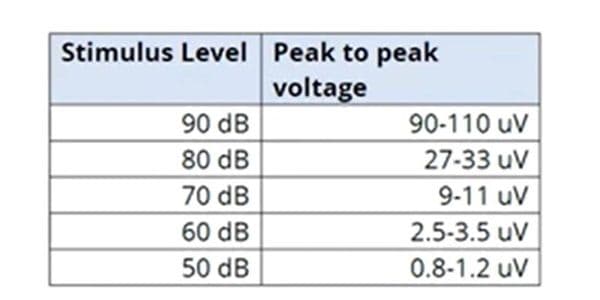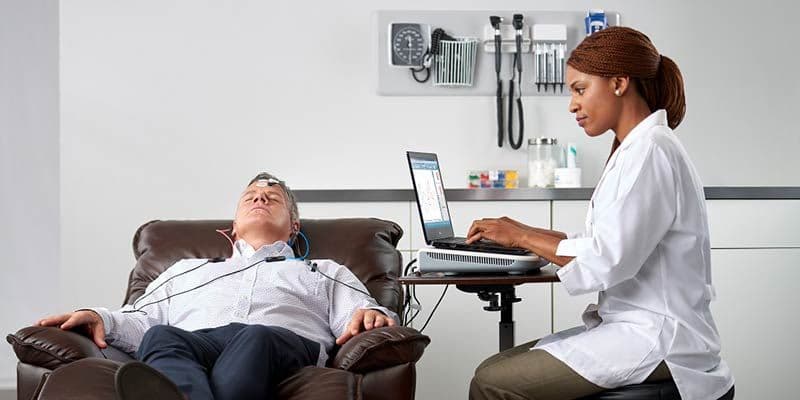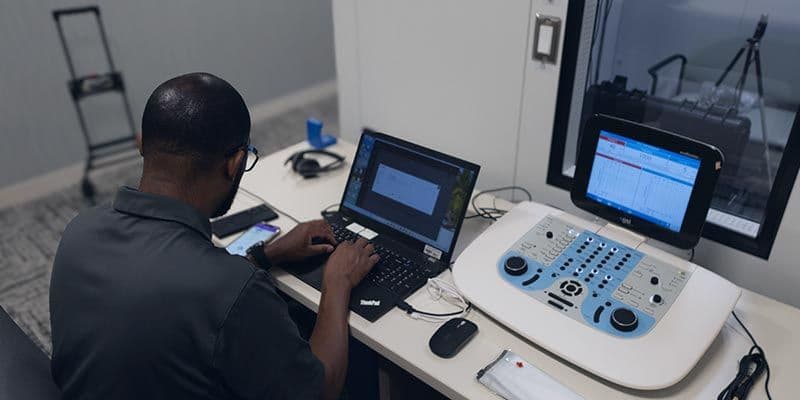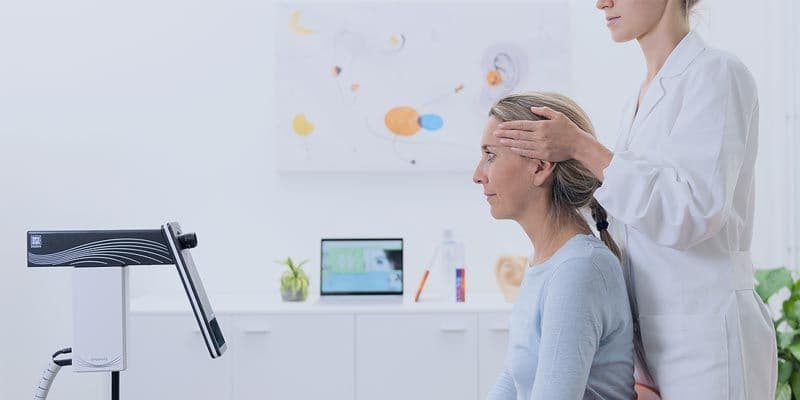Auditory Brainstem Response Test Troubleshooting
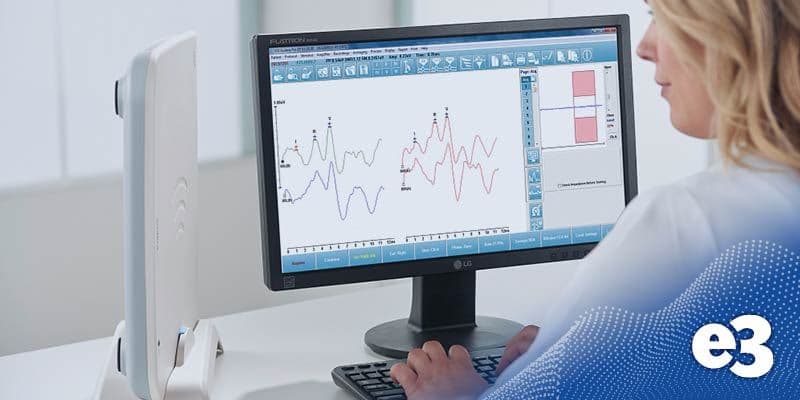
Performing an Auditory Brainstem Response (ABR) test can sometimes present challenges but understanding common troubleshooting steps can help ensure accurate and efficient results.
Here’s a detailed guide on handling interference and impedance issues during ABR testing with the GSI Audera Pro. Most of these suggestions can be used with any ABR device.
While this blog focuses on the GSI Audera Pro, the tips provided apply to most ABR equipment we distribute, except for the Loop Test, which is specific to this device.
How to Check Your Audera Pro Hardware: The Loopback Test
All evoked potential devices provide a way to evaluate the hardware to ensure it is functioning properly when not connected to a patient. The GSI Loopback Test is a diagnostic procedure used to verify the functionality and accuracy of GSI Audera Pro. This test ensures the system correctly records and processes signals.
When to Perform the Loopback Test?
- Inconsistent test results for ABR or ASSR (Auditory Steady State Response) test types
- Inconsistent test results between Channel A and Channel B
- Excessively noisy recordings
- Cyclical noise throughout the recording

